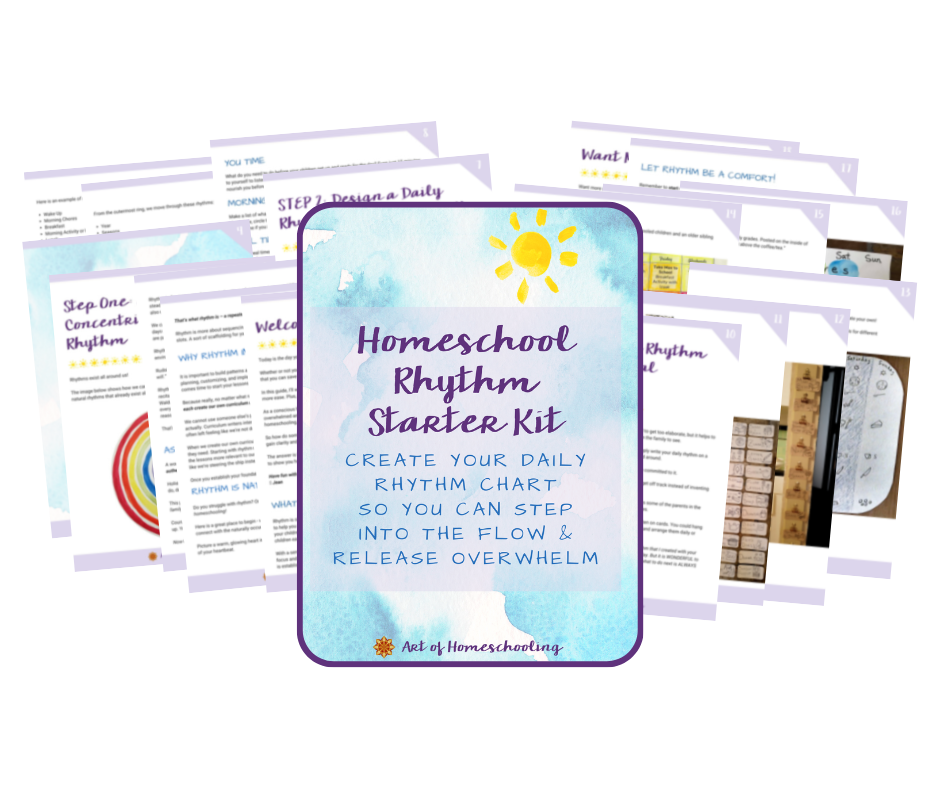Sample Page: Introduction to Planning
Planning for Waldorf‐Inspired Learning:
Keeping It Simple
by Jean Miller
Introduction
So many of us are initially drawn to Waldorf education by the beauty, I believe. Rudolf Steiner, the founder of Waldorf education, said, “Links with the spirit are severed if beauty is not there to maintain them.” We somehow sense the profound reverence in this method ‐‐ through the beautiful colors, beeswax figures, natural materials, stories, handwork, and paintings – and we crave its depths. We perceive right away that such beauty nourishes us.

Over on my nature table is the tiny one inch robin that I stitched out of brown and grey felt, sitting on a mini nest, and I am so pleased and inspired and filled with joy and even awe that I was able to complete the task of making the little bird. It gives me a smile every time I look at it. And there, outside my dining room window is a live mother robin, sitting on her nest in our pine tree. My handiwork somehow binds me closer to this wild bird. I am amazed by her patience and the simplicity of her task – to sit on her blue eggs through wind and rain and hail, day and night, no matter what.
How can I keep it that simple? How do I distill my work down to its essence so that I can stay focused and inspired, through wind and rain and hail, day and night, no matter what?
In this guide, I will share with you what I have learned about Waldorf education over the past 18 years of homeschooling, and ways that I have found of bringing Waldorf methods to life as simply as possible – for the sake of my children as well as myself. For Waldorf education is healing – for all involved. In order to stay focused and hopeful, I often need to remind myself that the first set of teachers in the first Waldorf School in 1919 attended daily lectures for three weeks and then opened a school. It was understood by the teachers that all education is self‐education, and that this was only the beginning.


